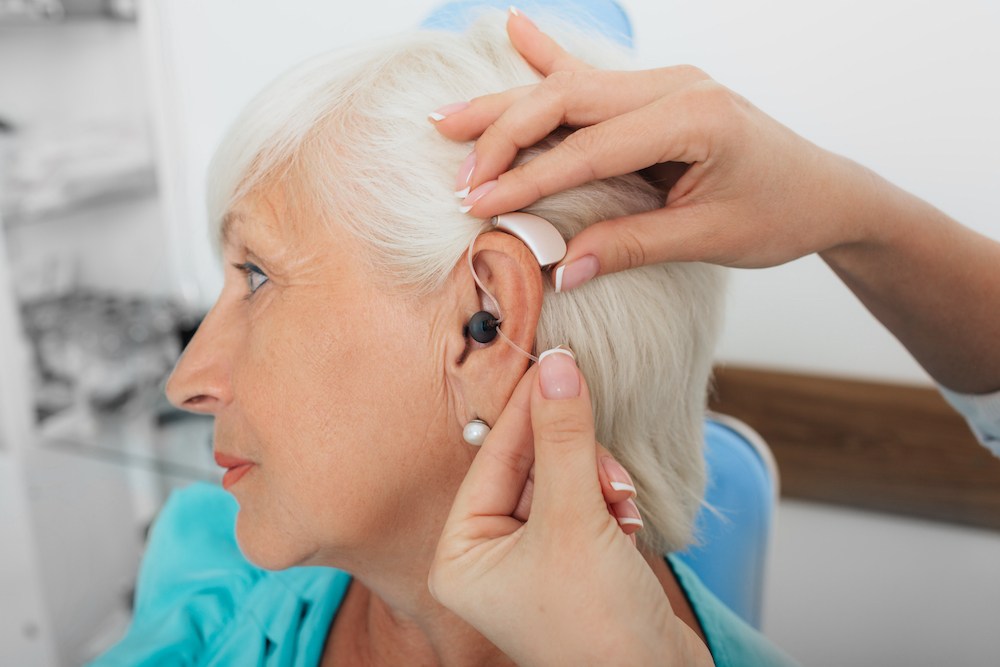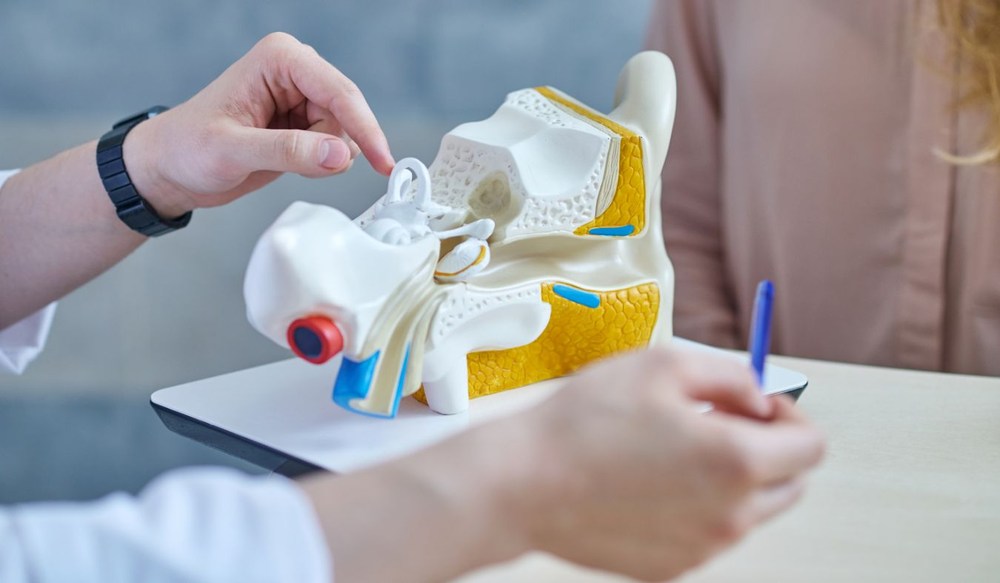Hearing Aid Innovations: What’s New in 2025?
Hearing aid technology has made significant progress in recent years, and
Autumn is in the air! Hear the crunch of leaves and the warmth of conversations this season! Learn More→

Hearing aid technology has made significant progress in recent years, and

Warm weather brings a busier social calendar filled with outdoor concerts,

In today’s world of health gadgets and DIY solutions, at-home